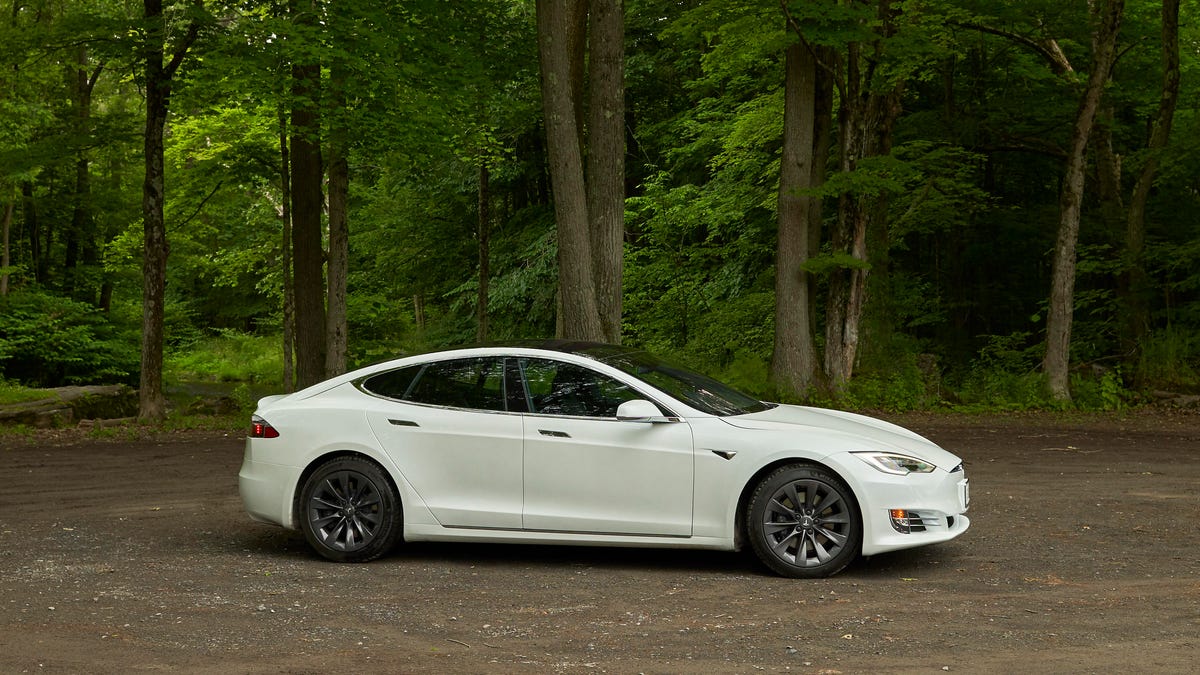Tesla's latest wiring patent application: Things get faster and more redundant
The Big T's patent hopes to add levels of redundancy to vehicle wiring without adding complexity along with it.
Having an electronic component on your car break is generally pretty damned annoying. Not only do you have a nonfunctioning feature on your vehicle, but you have to either spend way too much time diagnosing the problem yourself or paying someone else to do it.
That problem becomes more severe if your car is driving itself and something happens to, say, one of its sensors. Current automotive wiring architectures don't really have provisions for redundancy, and the way that most manufacturers construct their wiring harnesses is pretty complicated.
Tesla thinks it's found a new way to do things with more redundancy without dramatically increasing complexity and has filed a patent application to prove it. What's even cooler is that Tesla's system would also boost the speed at which data is transferred throughout the vehicle, in theory at least, according to a report published Monday by Electrek.
The new wiring design would increase data transfer speed and add levels of redundancy to future Tesla models.
The way that Tesla's proposed system would work is relatively straightforward. Instead of having a central processor and individual wires going to separate components without those components having any connection to one another beyond the central processor, Tesla would set its components up in loops.
For example, you have a self-driving computer, and it's connected to a variety of sensors and the primary vehicle computer. Instead of there being single channels of communication, the sensors and other components are also connected to one another. This gives data alternate paths to take if one aspect of the network is down.
It's like a city street. If there is a road closure, other avenues can serve as detours to help you get to your destination without having to sit and wait for the road to be reopened.
This isn't the first wiring architecture patent application that we've seen from the Big T recently. It filed an application earlier this year for a more modular wiring system that would simplify vehicle construction by using more modular subharnesses -- for example a wiring harness for all the components of a door with one connector going to the main body harness, rather than a bunch of discrete connectors.


